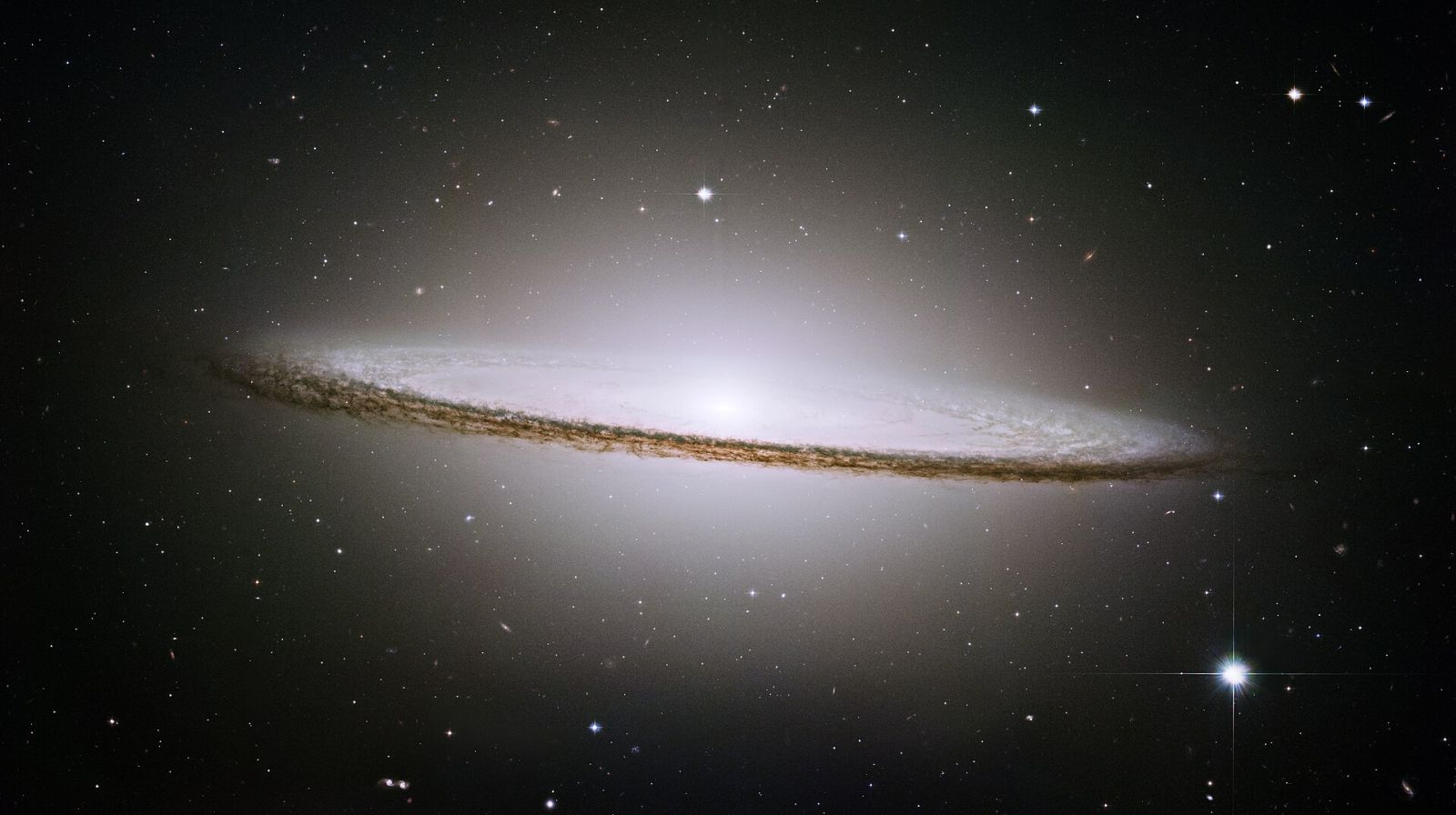Follow us on Google News (click on ☆)

The Sombrero Galaxy (M104) is a nearby and particularly bright elliptical galaxy. The dust lane and the halo of stars and globular clusters have given it its name.
Very energetic events occur in the center of this galaxy, producing numerous X-rays. This strong X-ray emission and the abnormally high speed of stars near its center lead many astronomers to assume that a black hole is at the heart of this galaxy. A black hole weighing a billion times the mass of the sun.
Image: NASA/ESA and The Hubble Heritage Team (STScI/AURA)
Scientists, using the James Webb Space Telescope (JWST), have discovered that galactic winds, primarily composed of neutral gas, are a key component of this process. Before this study, researchers could only observe ionized gas, which was insufficient to fully understand the dynamics at play. This is the first time that cooler, neutral gas has been directly observed.
Dr. Rebecca Davies and her team at Swinburne University of Technology studied a galaxy very distant from us, whose light took over 10 billion years to reach Earth. They observed that the supermassive black hole at the center of this galaxy was ejecting gas so rapidly that it prevented the gas from collapsing into stars, slowing down or even completely stopping the creation of new stars.
When a galaxy stops forming stars, it is said to be "quenched." This transition from a dynamic to a static state is crucial for understanding how a galaxy evolves.
JWST's observations showed that the gases ejected by black holes are far more significant than previously thought, as the telescope can detect many more of these outflows than earlier instruments could.
This work opens new perspectives on our understanding of galaxies and heralds further future discoveries.